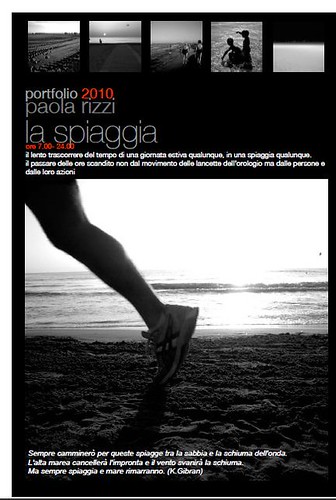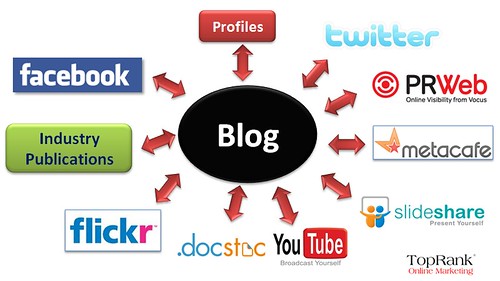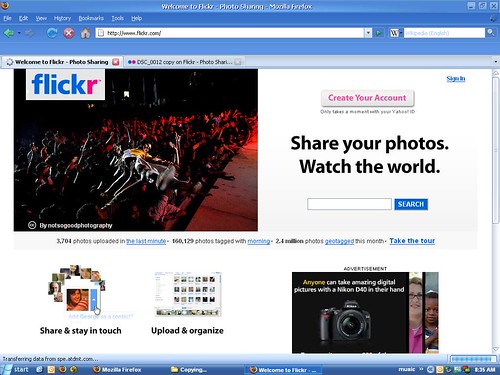If you aspire to any substantial degree of success as a professional photographer, you’re going to have to make money. In order to make money, you need clients — people have got to know that you’re out there doing what you do. You’ve got to maximize your reach.
How do you do that?
There are a lot of options at your disposal; here are a few of them.
Social Networking
This probably seems obvious given that everyone is so “connected” these days. It has its good side and bad side, just like anything else — so be sure to take full advantage of the good that social networking has to offer.
It’s fine if you have a personal profile on Twitter and Facebook, but you need to separate the business from the personal. For maximum effect, build a profile that is “photo-centric,” one that deals only with your work as a photographer. Keep image galleries nicely populated and regularly updated. Connect and socialize with other photographers and photography related websites, blogs, and forums. Social networking affords you the opportunity to interact with people you would otherwise never come in contact with. That’s an invaluable tool.
Traditional Networking
The old-fashioned way of networking works, too. In fact, it has the advantage of meeting someone face to face, which can be an unbelievably powerful thing, so make sure you leave a good first impression.
There are plenty of places to meet potential clients: exhibits, photography meet-ups, almost any sort of public event, really. Make sure you’ve got business cards to give to anyone you might introduce yourself to; you can’t offer your services to someone and then just walk away.
Also make a point of meeting other photographers. Of course, you’re not seeking them out as clients, but if you build good relationships with fellow photographers, they may send clients your way from time to time.
Online Portfolio/Website
Running a website strikes fear in the hearts of many people; maintaining a Facebook profile is one thing, but a full-fledged website? No, thanks!
Well, it’s really not as bad as you think because you don’t need anything too fancy. All you need is a functional, attractive, user friendly space to showcase the very best of your work. Provide links to your social networking profiles and don’t forget to include a way for visitors to contact you.
Blogging
Blogging works well in tandem with your portfolio or website because it gives you more freedom in what you present and how you present it. While your website may be somewhat formal, your blog is the perfect place to show a wider range of shots and talk a little bit about projects you’re working on. This can serve to give potential clients an idea of your artistic range.
Exhibits
This won’t be a very cost effective avenue for many photographers, but if you can make it happen, exhibiting your work will likely pay huge dividends in terms of exposure and reputation. This, in turn, could lead to commissions — and the right commission could pay very well.
Photo Sharing Sites
While site like 500px and Flickr come with their fair share of cons, the pros are — to varying degrees — worthwhile. Because there is a strong social networking element to photo sharing sites, you will find it easy to make a few friends and get advice from other talented individuals. These sites are also a good resource for finding photo shoot ideas.
Testimonials and Reviews
There’s nothing like word of mouth, especially when the words are good. Typically, if clients are happy with your work they will be more than willing to spread the word. Here’s where it’s good to have a website; you can request clients you’ve completed work for to leave a short review of their experience with you and their impressions of your work. Good reviews will surely bring in interest from other potential clients.
In Conclusion
Being a paid photographer is a juggling act; you’ve got to be a good photographer in the first place, you’ve got to have good people/communication skills, and you’ve got to have good business sense. Should the former come much easier than the latter two skills (as it does with most creatives), then hopefully you found something here that can help push you in the right direction. Take these ideas, put them to use, expand on them; eventually the business and marketing aspects will come almost as easy as being a good photographer. And it will all pay off in more ways than one.











2 Comments
These are the things I need to know, thank you for sharing!!
Really good information about the basics of marketing your talent and your photography business. Thank you.